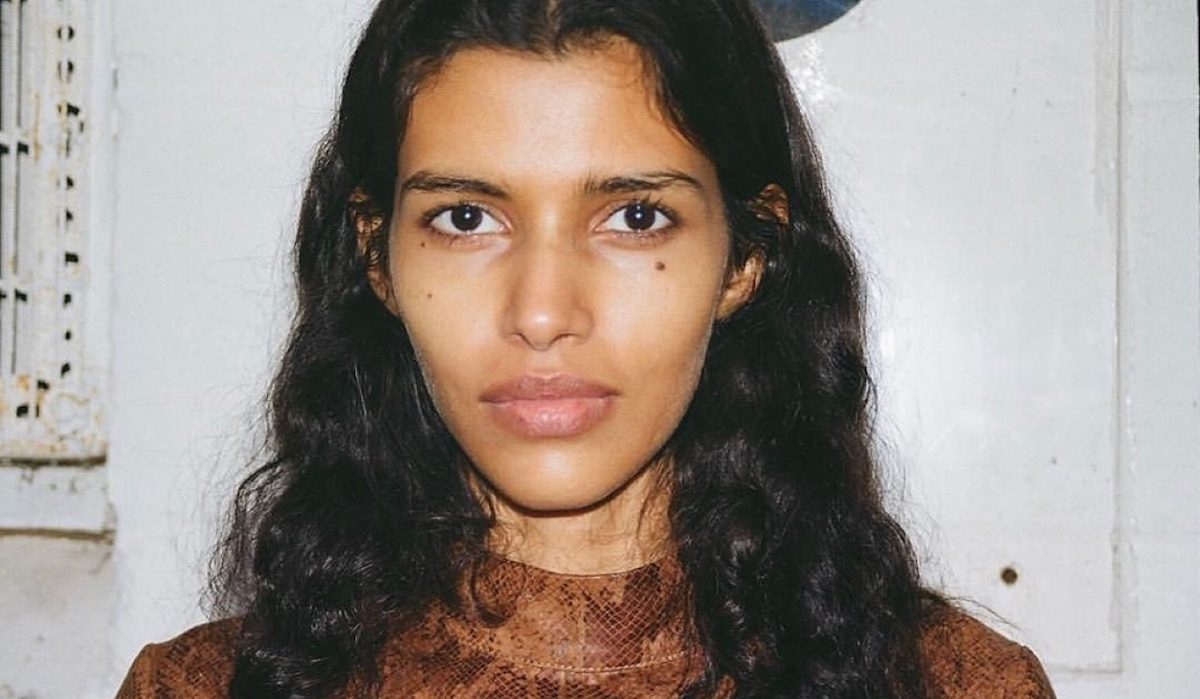“Black don’t crack” is a familiar phrase in pop culture parlance but have you ever wondered why its said or what it actually means? Aging is a natural process we all go through, but what it looks like is different for each of us. When it comes to the skin, treatments, the environment, and hydration all influence how you age.
However, despite the role that external aggressors play, the symptoms that you present and how quickly you do, largely depend on genetics. Studies have shown that several characteristics of the skin vary according to race and more specifically, how light or dark-skinned you are.
Aged Skin, Its Structure And What It Looks Like
In general terms, aging is the gradual and structural breakdown of the skin, slowly leading to dysfunctions in hydration, pigmentation, collagen and elastin formation, etc. This breakdown devolves into a thin, and frail structure that’s less effective at protection and regeneration. So, the skin begins to sag, form wrinkles and occasionally present pigmentary changes in drier, more textured skin.
Over thousands of years, sundry climates across the world prompted the skin’s evolution of coping mechanisms responsive to the surrounding environments. For example, closer to the equator, warmer, more humid conditions have more damaging UV exposure – increasing the need for melanin as a UV protectant. So, the darker you are, the more naturally protected your skin is from environmental damages. Further from the equator, conditions become cooler with lower UV, so the sun breaking down your skin barrier is less of a concern, so you maintain have better water retention.
Black Skin And Darker Tones
As previously mentioned, darker skin developed inbuilt UV protection (i.e. eumelanin – the darkest form of melanin) in the highest quantities.
This barrier to UV damage prevents collagen and elastin fibers from breaking down, allowing the skin to remain supple and plump. Consider this a cherry on top as the darker your skin is, the thicker and denser it is naturally (meaning there are more cells found in the darkest skin than in the palest). Because there are also fewer enzymes responsible for structural degradation in darker skin, wrinkles and sagging form slower than in every other ethnic group.
Caucasian Skin And Lighter Skin Tones
Caucasian skin tends to be the palest, and this lack of melanin can be attributed to the early symptoms of aging seen in this ethnic group.
For example, within the dermis (where collagen and elastin fibers are), each fiber has a larger structure than in other ethnicities. However, minimal pigmentation means these fibers are more exposed to sunlight, so they breakdown at a faster rate.
While for most, tanning is a leisure activity, it’s actually the skin’s life hack to reduce fibrillar breakdown by increasing melanin quantities. However, as tanning is a UV-induced process, improper sunscreen use can cause the skin to burn, ultimately killing the exposed skin and speeding up aging. This skin type reportedly has the most enzymes that break down the skin and fibers that are also UV induced. This means wrinkling and sagging starts from the mid-20s because this skin type is also the thinnest, and least dense.
Asian Skin In Its Various Skin Tones
Here it gets a bit more complicated because of the diversity between Asian ethnicities. Following the rule of lighter to darker skin tones, there are basic factors that make up the average Asian skin structure.
This includes having a dermis thicker and denser than Caucasian skin types, but less dense than in black skin. This puts this skin type somewhere in the middle of the spectrum, so wrinkling and sagging appear somewhere in the early 40s but show a rapid increase in the 50s.
The heaviness of the skin (because of its density) and accumulative sun damage (visibly slowed by melanin) causes the sudden change in texture. Potentially due to variations in sunscreen use, people from Southern regions apparently show more severe wrinkling than those from the Northern and Central regions.
If you’re unsure of which of the thousands of anti-aging products you may need, here are some tips to keep in mind:
1. Sunscreen is a must for everyone, dark-skinned or not. Applying sunscreen not only slows the appearance of aging but prevents other side effects from UV exposure like skin cancer, melanoma, pigmentary changes, etc.
2. One of the most common changes in aged skin is pigmentation and texture. For more pigmented skin types, it could be hypopigmentation and hyperpigmentation while for paler skin, it’ll be hyperpigmentation. As these changes can become permanent, so can the changes to texture.
Adding acids like retinoids and hydroxy acids can resurface your skin – preventing pigmentary changes while creating a smoother, poreless finish. Darker skin is more prone to inflammation (and irritation), so chemical peels are better suited for paler tones as it’s less likely to trigger post-inflammatory pigmentation.
3. Hydration is key for everything in life, including slowing signs of aging, that’s why it’s a major factor in K-beauty. Asian skin has the highest ceramide content – an important lipid in the skin barrier – so, it goes without saying that they have the best hydration retention.
Using antioxidants to protect these lipids, and the likes of niacinamide to promote ceramide production are of particularly high importance to darker-skinned individuals who naturally have the least and Caucasians that lie in the middle. The older you get, the fewer lipids your skin produces naturally so boosting them is something to be conscious of. If your skin is on the drier side, increasing ceramides could be the answer to most of your woes.
So, now that you better understand “Black, don’t crack” and “Asian, don’t raisin”, let us know any changes you make to your routine and how they work for you. Consider this color therapy of sorts, but make sure you check with your dermatologist before making any major switches in treatments, or products.


